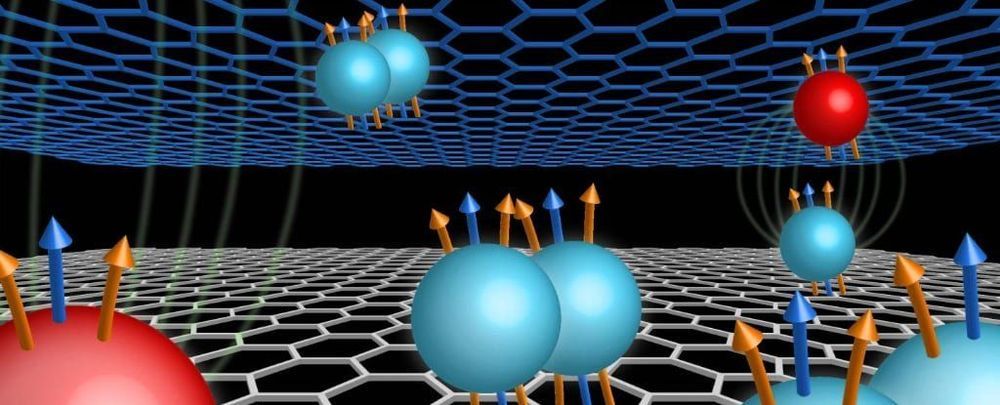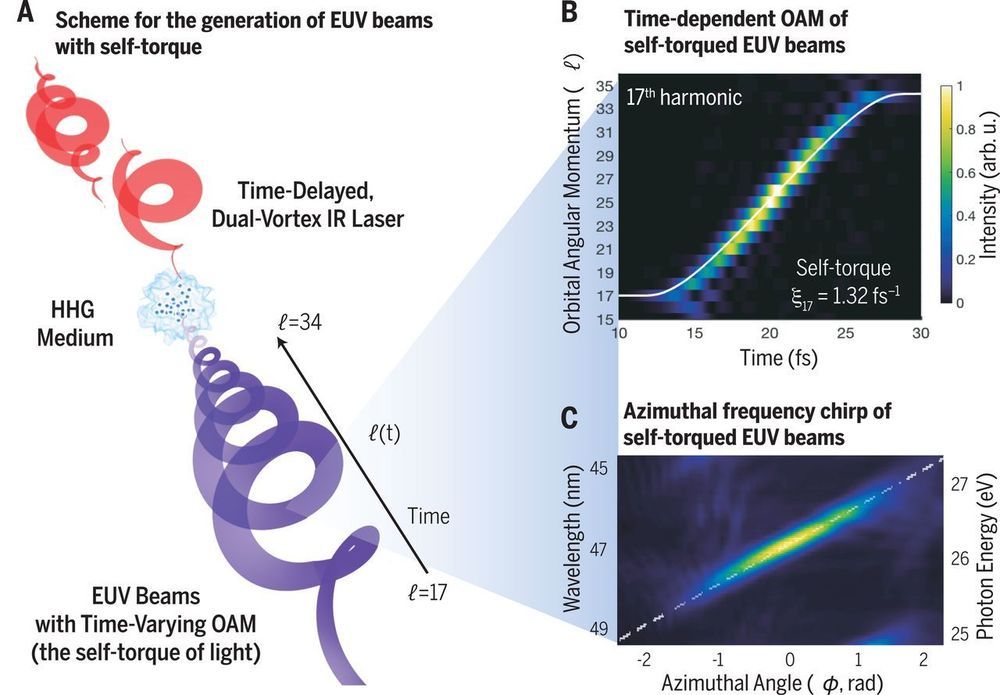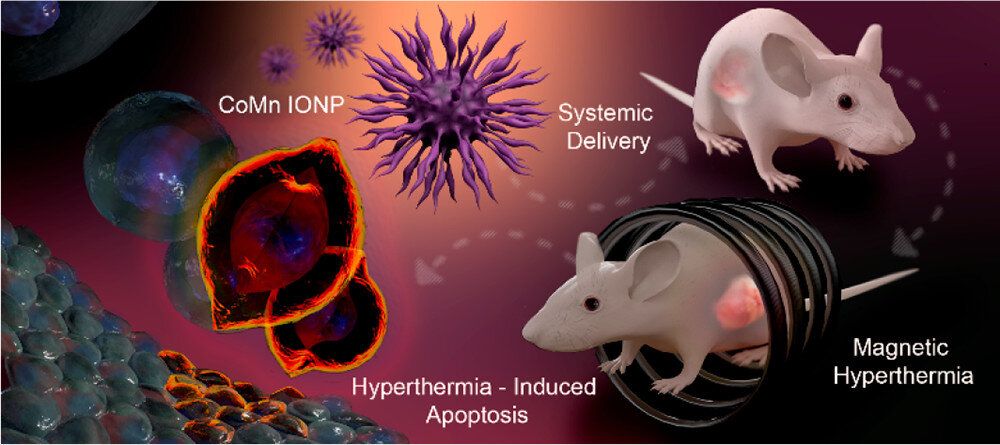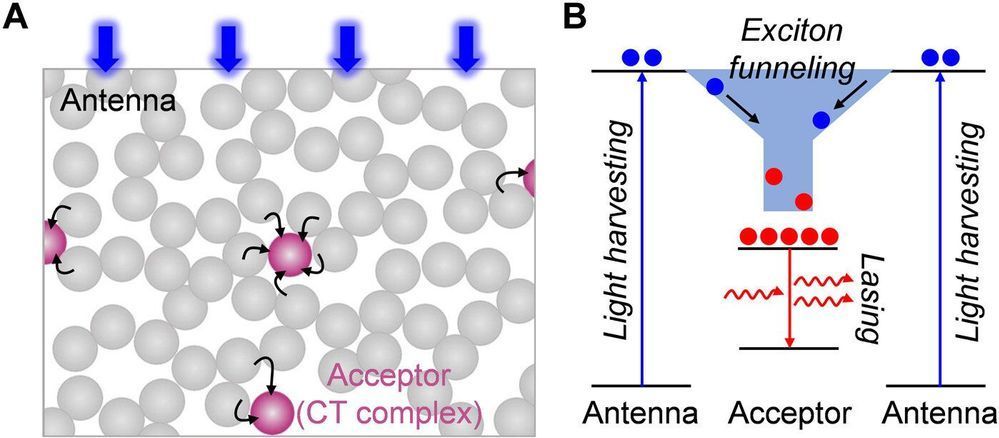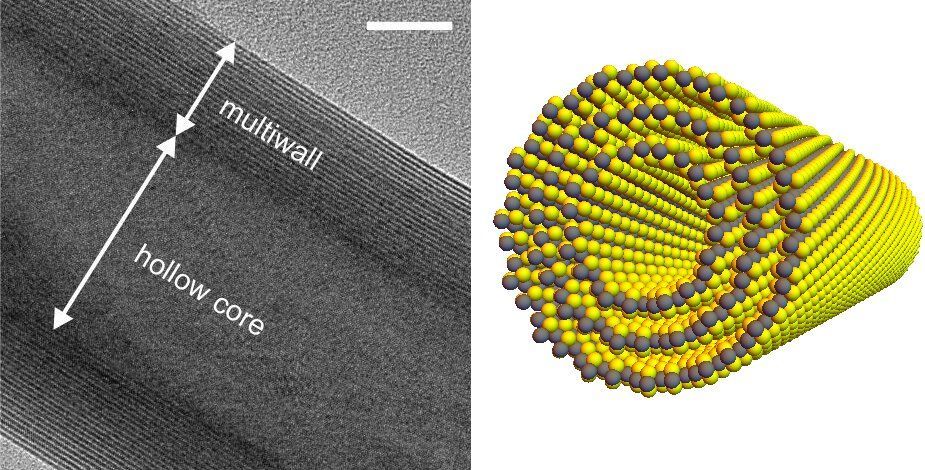The super-thin ’wonder material’ graphene has been shaking up science for years with its amazing properties, but things get really interesting when you stack this 2D nanomaterial up against itself.
In new experiments, physicists in the US have found that when graphene is assembled in a double-layer vertical stack – with two adjacent sheets of the material that are almost touching – the proximity produces quantum states that haven’t been observed before.
These newly measured states, resulting from complex interactions of electrons between the two graphene layers, are examples of what’s called the fractional quantum Hall effect – and it’s just the latest example of how physical science gets weird when materials effectively only occupy two dimensions.
